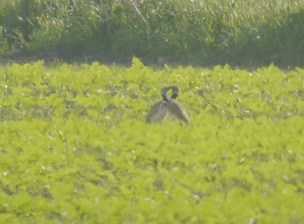 Two distant male Little Bustards fighting near Los Badelejos
Two distant male Little Bustards fighting near Los Badelejos 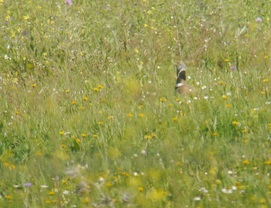 The second Little Bustard at Los Badelejos
The second Little Bustard at Los Badelejos Another 1.5 km along the track and on the far side of the Corredor Verde (see note under the map above) I checked out another site where I've previously had the species – and just after I arrived I heard one calling. A moment later I located it in a nearby flower rich field. This area is one I ought to visit more often and spend longer exploring – there's a good chance of Spanish Sparrow or Woodchat Shrike en route, the reedy channel here can hold herons and, best of all, there's a chance of Spanish Imperial Eagle (and other raptors) in the hills above.
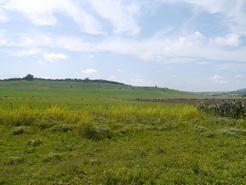 Flower rich meadows beside the track
Flower rich meadows beside the track Having done well at an established site I decided to check out another area I'd only previously explored very briefly and have been meaning to check out for a year or two. Only 2.3 km north-west from Los Badelejos on the A 2225 a broad well maintained gravel track heads off to the east (i.e. on your right as you come from Benalup). Initially the scrub here looks no more interesting than elsewhere (although might it hold Red-necked Nightjar?), but shortly after you cross the Corredor Verde and the track swings to the left, a vista across herb and flower rich fields opens up.
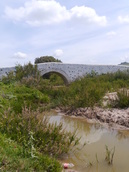 Roman bridge
Roman bridge Back on the main road I turned towards Medina for a long delayed appointment with a brace of (over)restored Roman bridges over which the Corredor Verde runs. These stand next to the A 396 some 4 or 5 km south of Medina. Fortunately, there's a small car park near the more northerly bridge as, with my crock foot, even using a stick I'd already walked too far! Although I was pandering to my historical interests here, I couldn't help noticing that the culvert had a nesting pair of Red-rumped Swallows, that the fields nearby and the tamarisks along the water course were alive with Spanish Sparrow. The muddy stream-bed had both Little Ringed Plover and Common Sandpiper and it's tempting to speculate that Olivaceous Warbler might be found here too.
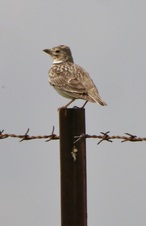 Calandra Lark
Calandra Lark 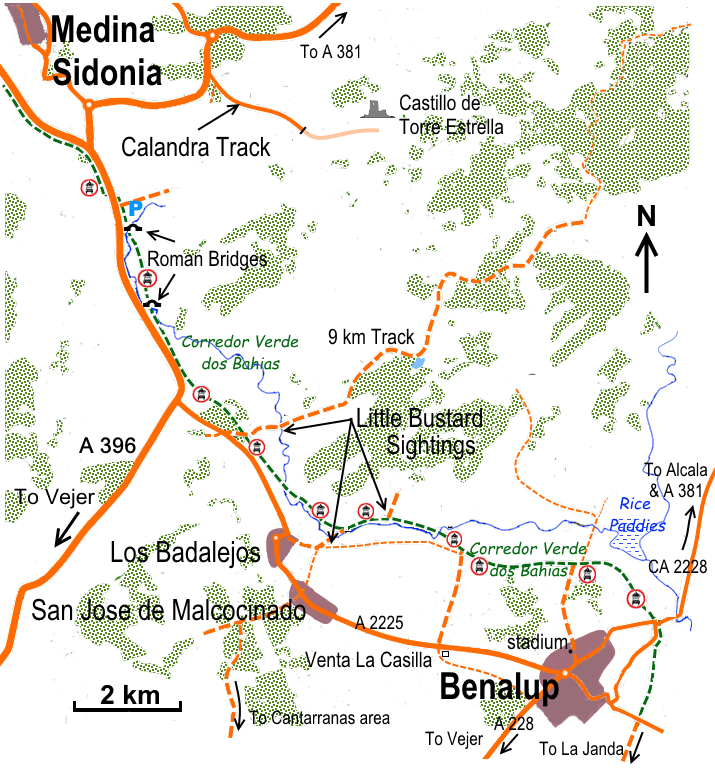
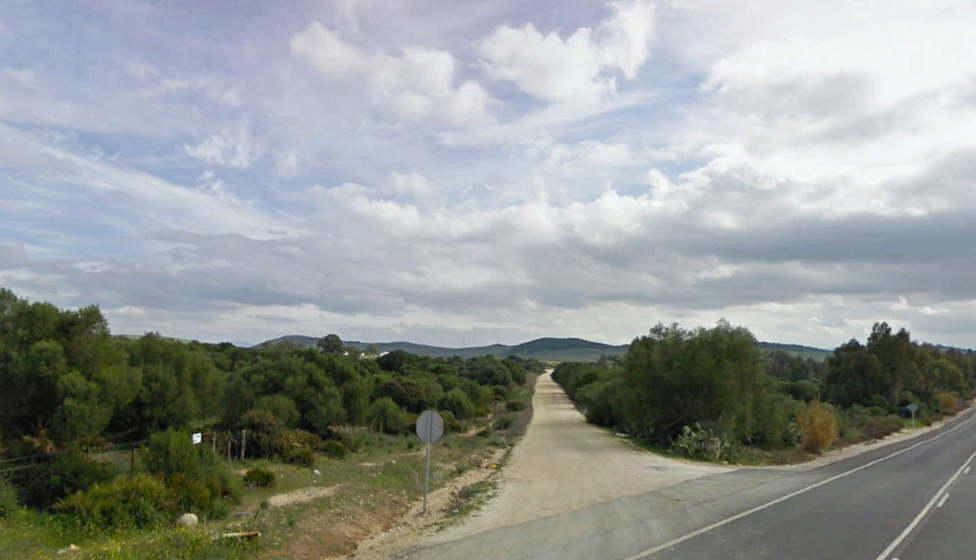


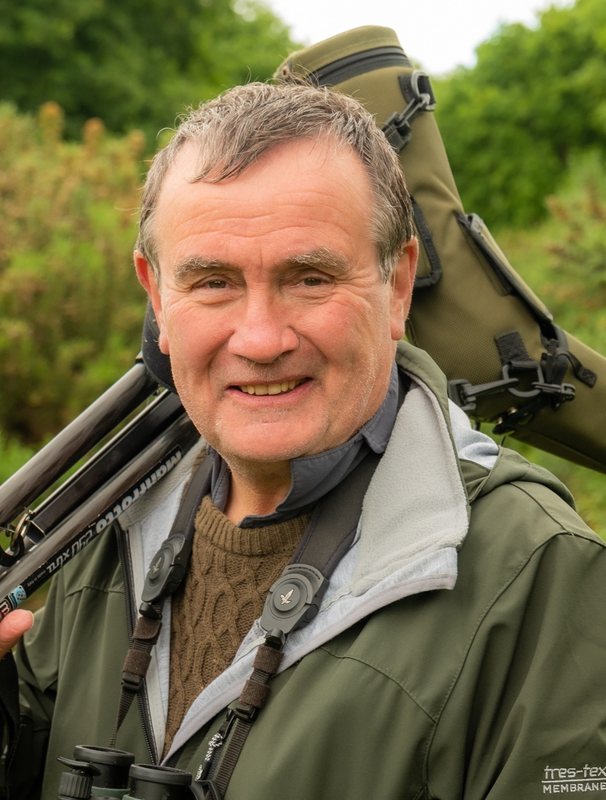
 RSS Feed
RSS Feed
